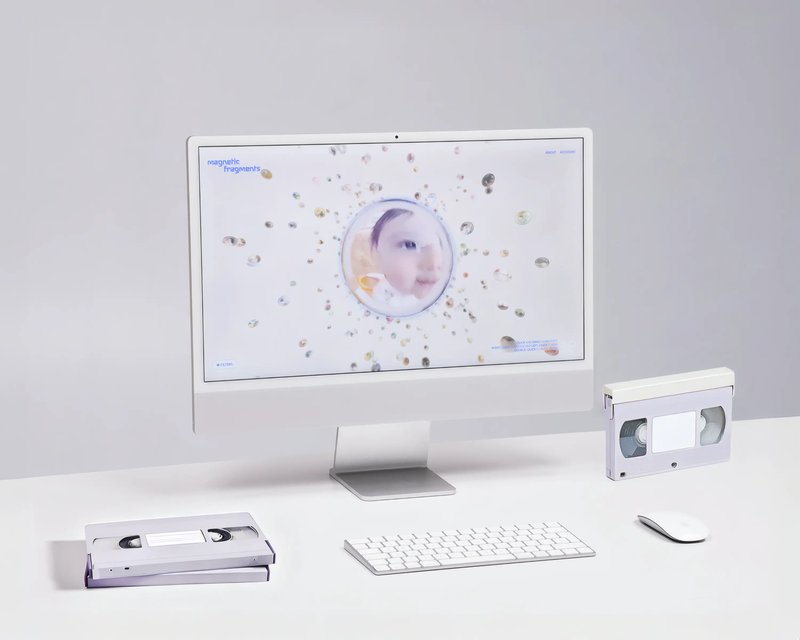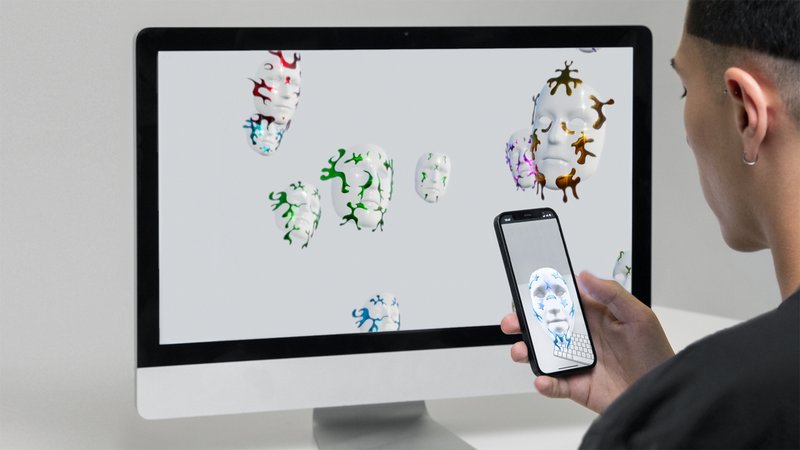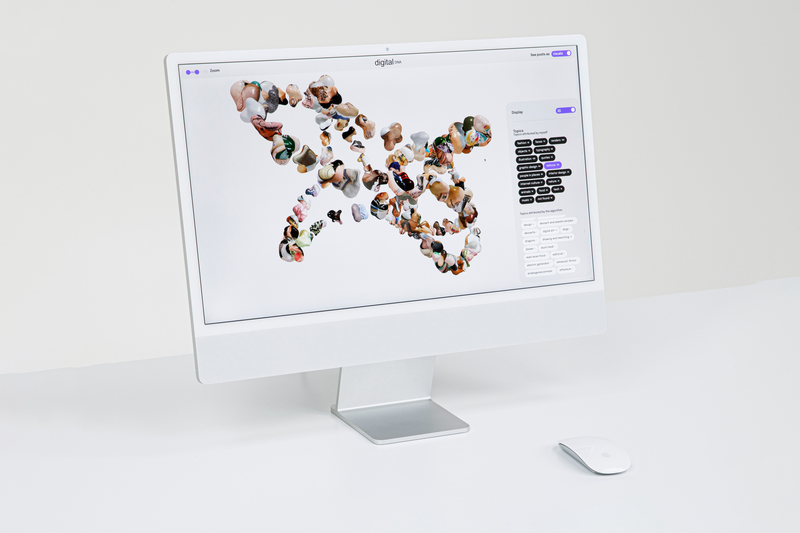
BA MEDIA & INTERACTION DESIGN
Fantastic Smartphones
with Pauline Saglio, Vincent Jacquier
Fantastic Smartphones – a series of interactive installations developed by students in Bachelor Media & Interaction Design at ECAL, investigating in a critical and offbeat way our relationship with smartphones and the way they influence our daily behavior. See the press room





